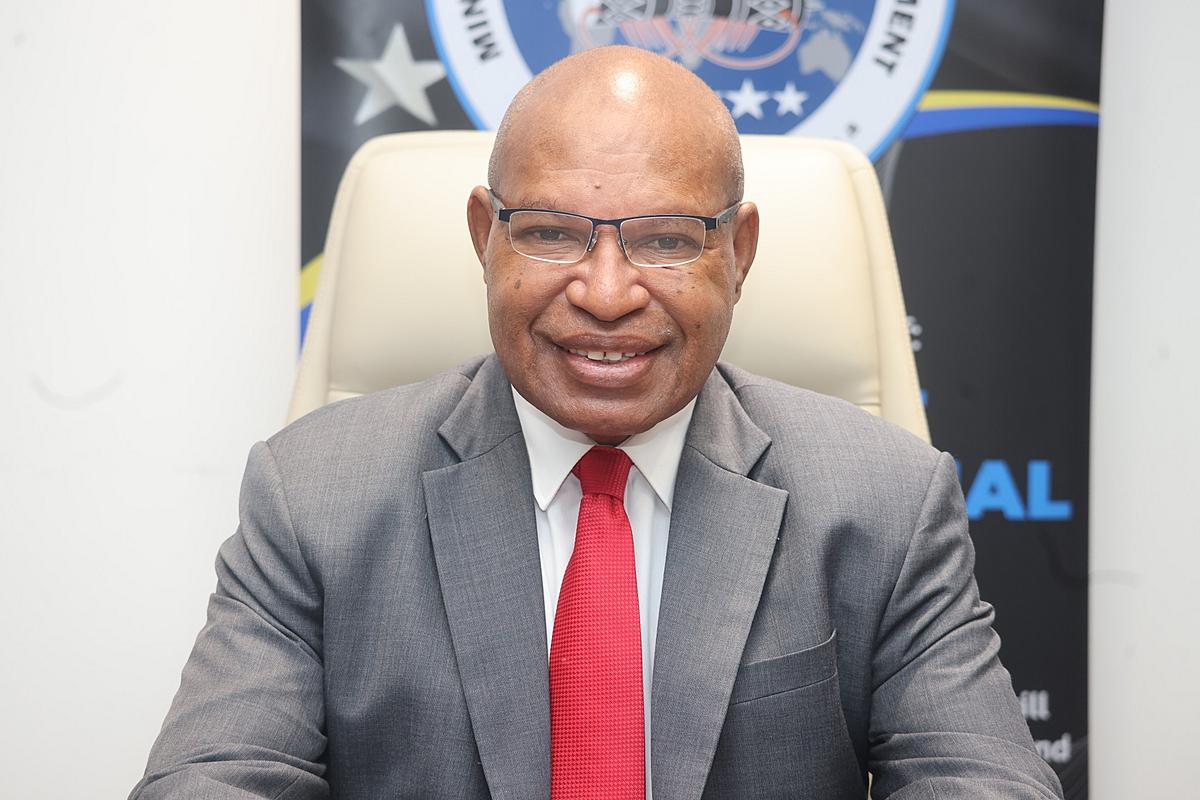Photo: Bank of Papua New Guinea
According to a top official, the volume of foreign exchange in Papua New Guinea increased over a six-month period last year.
Benny Popoitai, the acting governor of the Bank of Papua New Guinea, said this was mainly owing to the World Bank's budget assistance loan, liquefied natural gas (LNG) tax collections, and donor funding.
Foreign exchange reserves were at US$2.49 billion (about K8.625 billion) on June 30 last year and had risen to US$2.6 billion (around K8.997 billion) on December 7.
BPNG has maintained its accommodating monetary policy stance since the easing in March 2020, according to Popoitai, in order to assist economic recovery.
The cash reserve requirement (CRR) and kina facility rate (KFR) remained unchanged at 3.0% and 7.00%, respectively.
Except for the Japanese yen and the euro, he claimed the average daily kina exchange rate fell against all major currencies.
He said the kina had declined by 0.2 per cent to US$0.2850, 4.4 per cent to £0.2150 against the British pound and 3.2 per cent to AU$0.3999 against the Australian dollar.
The kina, on the other hand, rose by 4.7 per cent to 32.36 yen, while the euro rose by 0.3 per cent to €0.2524. The trade-weighted index (TWI) fell by 1.4 per cent to 27.46 over the same time period as a result of these currency moves.
“The level of gross foreign exchange reserves at the end of June 2021 was K8.586 billion, sufficient for 8.6 months of total and 16.2 months of non-mineral import covers.
“The Central Bank maintained a neutral monetary policy stance in the June quarter of 2021, keeping the KFR unchanged at three per cent.
This was to encourage private sector activity and support the economic recovery.
The repurchase agreement facility dealing margins were also maintained at 100 basis points on both sides of the KFR.”
In order to regulate liquidity, he added, BPNG has used its open market operation tools in conducting monetary policy.
Reference: The National (15 February 2022). “FX jumped over 6 months in ’21”.










